

Ben Zachariah
Video: Off-road battle for Beer O’Clock Hill has automakers scrambling
8 Hours Ago
The death of the Apple Car project shows that – at least for now – fully autonomous, self-driving cars are nothing but a pipe dream.

Publisher
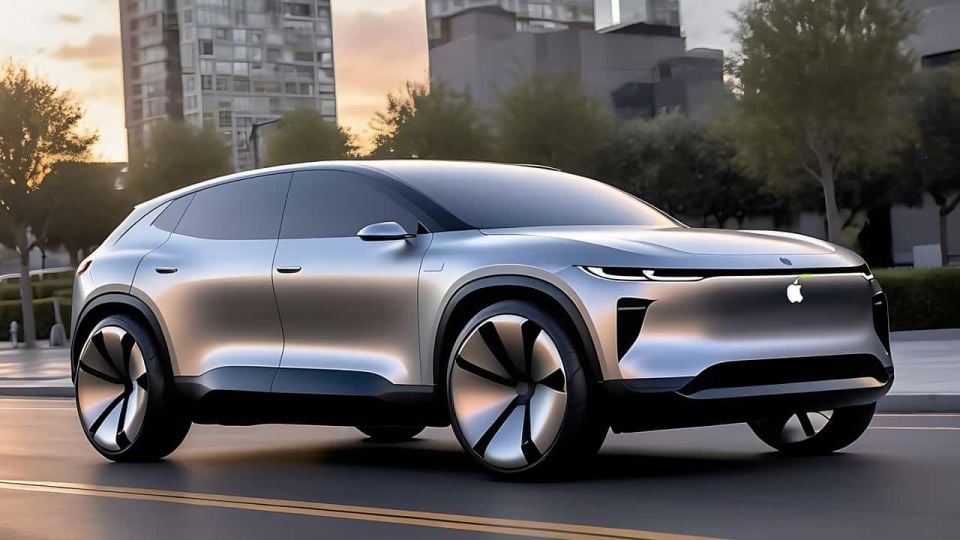

Publisher
News of the ‘Apple Car’ project’s death came last week. While for many outside the automotive industry it was a non-event in many respects, given there was no actual product anyone had actually seen, what it indicated to those of us close to the industry was far more than just the death of what Apple had dubbed Project Titan.
It was – in essence – the death of actual autonomous driving for the foreseeable future.
Apple was seen by many as perhaps the only company that could bring about real autonomous driving, with a seemingly unlimited pool of money and a market that it deemed big and profitable enough to enter. But billions of dollars and almost a decade after the project started, its failure is significant in far more ways than it may first appear.
Going back ten or even just six or seven years ago, almost all mainstream carmakers told the world that level four or even level five autonomous driving would happen by 2020.

Whether it was Mercedes-Benz, BMW or Audi, the Germans were adamant their cars could drive themselves without problem by the early 2020s. Rooms of PhD engineers sat across from me and explained how it would all happen. They believed that they would solve the visual processing issues in short time and plenty of ideas were being thrown around as to how that would happen.
The Japanese were the same. At one stage, Carlos Ghosn, the infamous then-CEO of Renault-Nissan, even went as far as unveiling an autonomous car project that would see the car drive itself… until it got stuck, then it would call a call-centre which would help it navigate the difficulty it faced, remotely.
Can you imagine being stuck on the highway in your autonomous car and hearing “sorry the call centre is currently busy, we will be with you shortly….“?
As it stands, we are barely at level three autonomous driving (check out our autonomous driving levels explainer). But this was the hysteria that encapsulated the automotive industry not too long ago.
Tesla of all companies has been promising full autonomous driving for as long as it has existed, and yet nothing has really come about.
The Apple Car first became a thing in 2014, when then-Apple design chief Johny Ive sat Apple CEO Tim Cook down in a make-believe car without a steering wheel and had an Apple employee act as Siri (yes, seriously).
The two men sank into the seats of a cabinlike interior. Outside, a voice actor read from a script of what Siri would say as the men zoomed down the road in the imaginary car. Mr. Ive asked Siri what restaurant they passed and the actor read an answer, said two people familiar with the demonstration. – A report from The New York Times
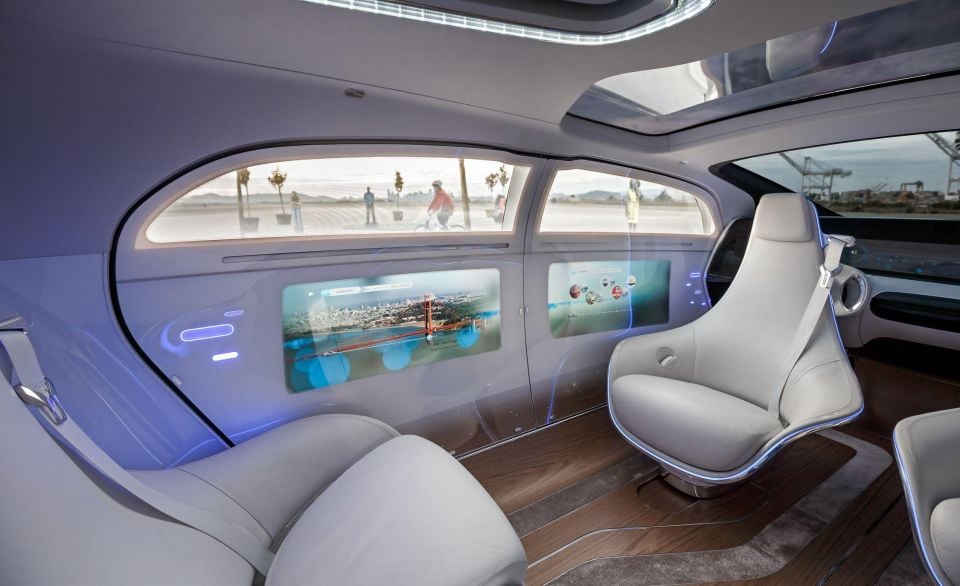
The idea was simple: Apple planned to make a fully autonomous electric car controlled by Siri and it would cost around US$100,000 (A$150,000). It would be the sort of innovation and change Apple is known for. It would once again change the world and it would make Apple even bigger than it already was.
At this point Apple tried to do what it does best – buy a company already doing most of what it needs to do and then Apple-fy it – so plenty of reports of Apple trying to buy Tesla started to emerge.
Rumours suggest these talks got pretty advanced, except that Elon Musk would reportedly only accept the deal if he became the CEO of Apple as well as Tesla (again, yes, seriously). Seemingly, Mr Cook didn’t fancy firing himself.
Once Tesla was no longer an option, Apple executives began looking at partnerships with BMW and at one point were even looking to buy McLaren.
In 2015, Apple executives went to look at the BMW manufacturing plant for the i3. By then, the target was for Apple to ship its first car by 2019, but the business model changed from building a car, to providing software and the whole in-car experience.
In essence, Apple was going to do what it does with its iPhone, have another company build it but have Apple control the entire ecosystem. Talks with many other companies also took place over the last few years.
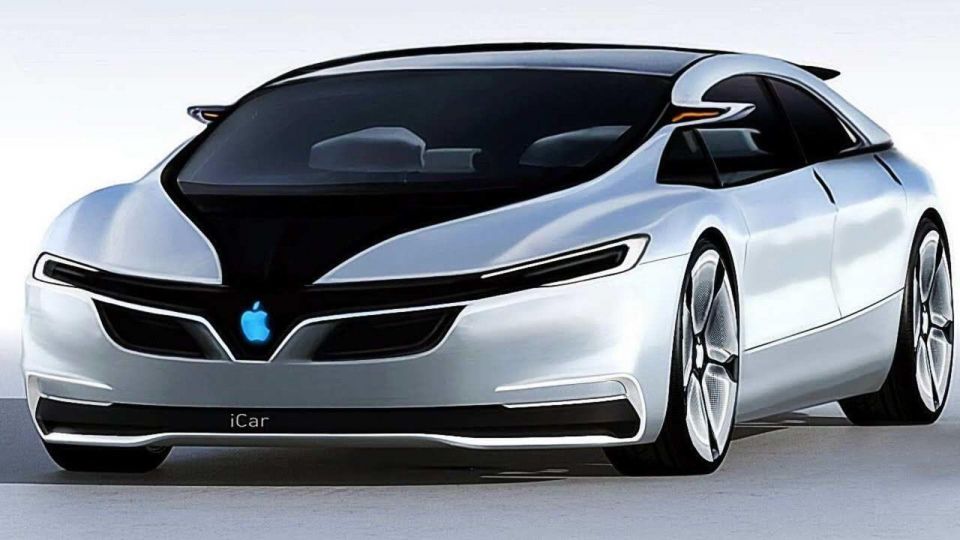
All the while, the EV market was exploding thanks to Tesla and Apple was further emboldened by the process, hiring hundreds of new employees from Tesla, General Motors and other carmakers.
In 2016, Apple even bought the domain Apple.cars among a host of other automotive assets. By this point, Apple had annoyed most of the OEM partners it had met with, which refused to build Apple a car with the restrictions and demands the company had requested.
As the model changed to making software instead of a car, Apple-owned cars with dozens of cameras began driving on the road in California to collect data. While Tesla had millions of actual cars on the road collecting data, Apple did this at great expense and with limited capacity.
Apple CEO Tim Cook called the Apple Car project ‘the mother of all AI projects’ in 2017, while Apple’s Lexus SUVs continued to gather as much data as possible and more employees joined the project.
By 2018, Apple had more autonomous cars registered in California than Uber (which, if you remember, also predicted robotaxis would replace drivers in a short few years).
By the middle of that year, Apple had hired Tesla’s vice president of vehicle programs – Doug Field – to lead the project and had even had a former employee arrested for allegedly stealing its autonomous driving project data for a Chinese manufacturer called XMotors.
Come 2019 yet another employee was arrested for allegedly trying to steal Apple’s car secrets (which suggest they had something worth stealing), and the company bought Drive.ai, to catch up to the likes of Tesla and its autonomous driving technology.
A year later Apple appeared to have become confused as to what it wanted its car project to be yet again, with the tech giant shifting priorities once more around whether to make an actual car, or just autonomous software. This was followed by yet another change at the top, with the head of Siri being put in charge of the car project.
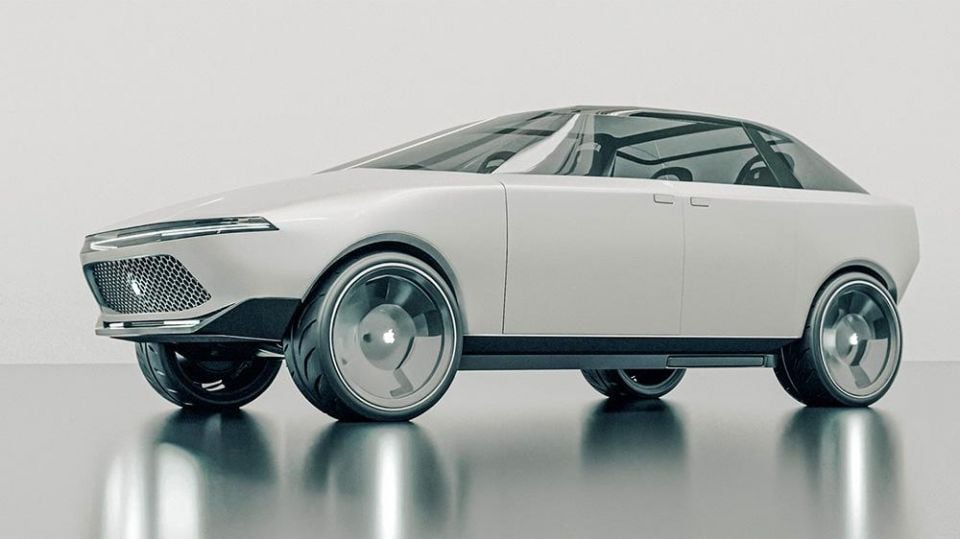
In 2021, Hyundai, Kia and even Nissan were all linked with and then downplayed rumours of working with Apple for its car project. Meanwhile, the company that actually makes iPhones (Foxconn) released three electric car prototypes, suggesting to anyone in the know that Apple had some viable options for building a car if it chose to pick from among its existing suppliers.
By the end of that year Apple had hired the head of Tesla’s autonomous driving technology unit, Christopher Moore, who lasted all of six months before he quit in May 2022. Later that year it emerged that an Apple autonomous vehicle nearly hit a jogger in California and that there was growing dissent within the company about the project.
In 2022 Apple had also asked and seemingly been granted the blessing of the U.S. National Highway Traffic Safety Administration (NHTSA) to build a car with no steering wheel. By this point, Apple had pushed back its timeline to 2026 and then again to 2028 by the following year.
Come 2024 Apple released the Vision Pro to catch up in the AR/VR space and the world had seemingly moved on from the pipe dream of fully autonomous cars to generative AI. With reports of electric vehicle sales slowing in the upper end of the market and riding the high of its new spatial computing mandate, Apple killed Project Titan once and for all.
Apple has failed at many projects in the past where others have succeeded, so there is no reason to think it’s the only company that can do autonomous cars.
However, the Apple of today – with its literal billions and billions of cash – is a very different beast to what it was in the past and remains one of the few companies that has the funds, capacity and desire to build an actual autonomous car that would drive you anywhere you wanted to go.
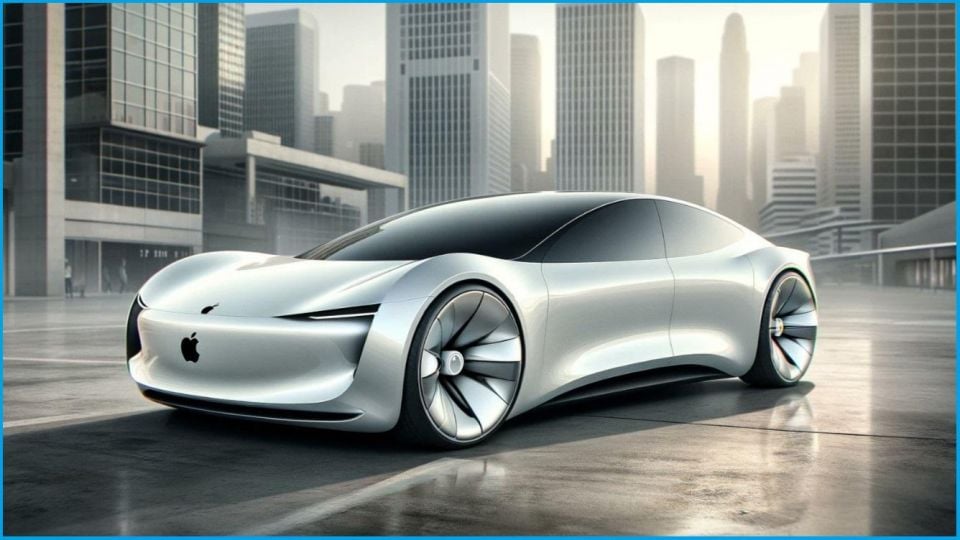
The death of the Apple Car showcases in many ways that fully autonomous cars are realistically much further away than many ever predicted. Today, it seems unlikely we will even hit level four autonomy by 2030.
While there are constant technological advances and improvements with each iteration and technology upgrade, apart from Elon Musk, most other carmakers have all but talked back their rhetoric around fully autonomous cars. It also seems as though the demand for it has died down, given the real-world experience many have faced using basic systems that seem to just beep at you.
You might think this is bad news, but it’s great news for those of us who love to drive. Can you imagine if autonomous cars were a reality today? Car ownership would plummet, households or even extended families would have one car that would drive the kids to school then come back and take you to work and serve as an Uber in between.
An entire generation of new buyers would no longer aspire to learn how to drive. They would think of a human driving a vehicle as we think of learning to ride a horse, a nice thing to do but not necessary for personal freedom.
But this hasn’t happened, there is no autonomous driving car in existence and there won’t be for some time. The automobile will remain an item of desire that brings personal freedom and joy, rather than a robot that serves a purpose.
For this, we have to take some solace in Apple’s failure and hope that when it does happen – and it will – we can look back and appreciate that we likely got a few more decades of loving the automobile than we thought.
All Apple Car photos are artist renderings.
Alborz Fallah is a CarExpert co-founder and industry leader shaping digital automotive media with a unique mix of tech and car expertise.


Ben Zachariah
8 Hours Ago


CarExpert.com.au
16 Hours Ago


Damion Smy
1 Day Ago


Damion Smy
1 Day Ago


Damion Smy
2 Days Ago


Damion Smy
2 Days Ago